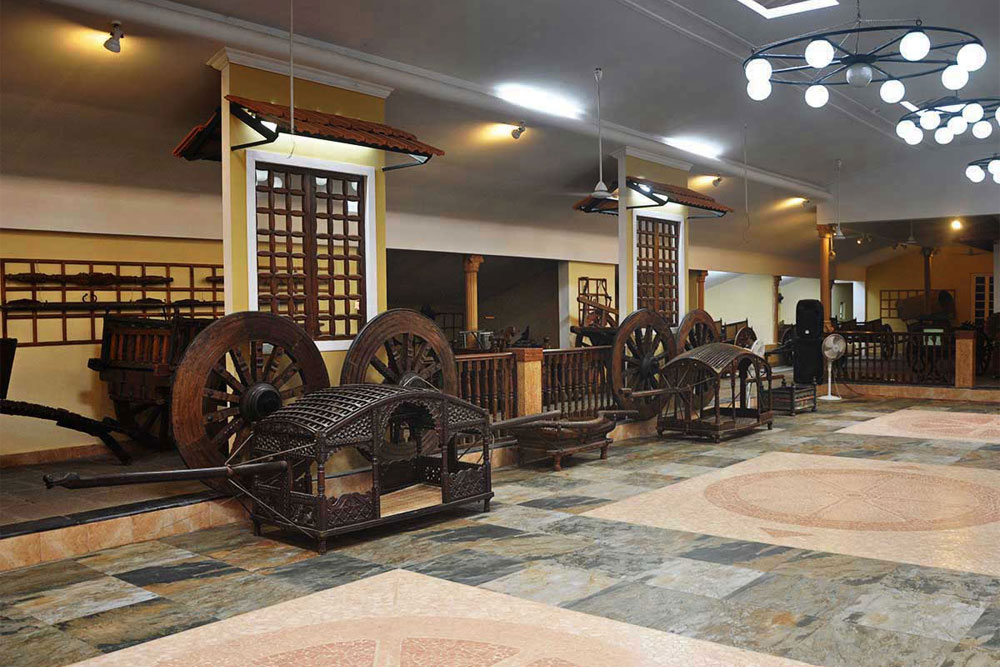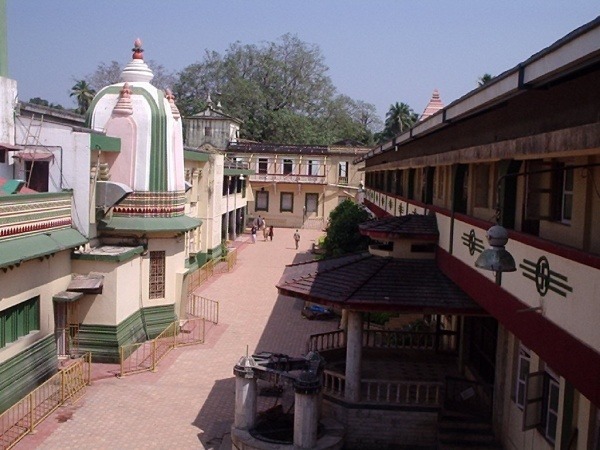Margao – The Cultural Capital of Goa
Goa, a magical land with gorgeous beaches and sublime churches; a land where music is in the air. Goa also pulsates with the vibrant energy of tradition and culture. A place where feet tap unwittingly to folk songs written by unknown poets and sung by the locals, handed down as a legacy from generation to generation. When one talks about Goa and culture, what comes to mind immediately is Margao, which is dubbed the cultural capital of Goa.
Margao is a teeming hive of commercial and cultural activity and is the second largest city of Goa. Culture seems to permeate the busy streets and alleys of Margao be it through the heritage churches and other buildings of the city or the museums which unveil the impact of cultures over time. Not for nothing is Margao called the cultural capital of Goa. So what makes Margao the cultural capital of Goa? Here are some reasons why it is the cultural capital.
Holy Spirit Church

The Holy Spirit Church is an oasis of peace in the bustling city of Margao. A beautifully designed church with a sublime aura, the Holy Spirit Church is almost five hundred years old. The original Church was built in 1564. However just eight years after the construction, a fire gutted the church, and it was rebuilt. Baroque elements were added to the Church then. Today the Church stands endearing in both its external beauty and its exquisite interiors. The interior of the Church is made up of a gilded and carved pulpit, Stucco ceiling, and Baroque Altar. A few moments spent praying or losing oneself in the grandness of the Church is indeed a tranquil experience to cherish for a long time.
Grace Church

Once a military chapel, this church sits in the midst of Margao’s hustle and bustle. It is a small church but has a pristine charm and a calm aura about it. The outer wall bears the influence of the architecture of Italy and also has some exquisitely coloured murals.
Goa Chitra Museum

The Goa Chitra Museum is a unique museum of ethnography. It has a collection of over 4,000 artefacts which highlight the culture and heritage of ancient Goa. The museum indeed opens a window to Goa’s fascinating past. The structure of the museum itself was built by recycling material salvaged from over 300 old, demolished Goan houses.
Shree Damodar Temple

A modern temple dedicated to an incarnation of Lord Shiva, the Shree Damodar Temple is unique in that it attracts not only Hindu devotees but also Catholics. The temple stands as a monument of the harmony of cultures in India. The temple is embellished with some beautiful carvings from the Hindu religious book Bhagavad Gita.
Sat Burzam Ghor

Within walking distance of the Church of the Holy Spirit is situated one of the most famous buildings of Margao known as Sat Burzam Ghor or, “the house of seven gables”.
It is a massive structure which was originally built in the year 1790 by a private secretary of the then Portuguese viceroy. The structure which is an excellent example of Portuguese architecture has only three surviving gables today.
As you move around the crowded town of Margao, dodging the erratic traffic, at every bend in the road the ancient culture of Goa and the influence of the Portuguese way of life is bound to stare you in the form of a heritage Portuguese residence or church. One can also take home a part of the culture in the form of souvenirs that can be bought in the market area around the old Margao railway station.
If you want to explore the cultural side of Goa and experience a different Goa, Sterling helps you to holiday differently at Sterling Goa-Varca and Sterling Goa-Bardez.


